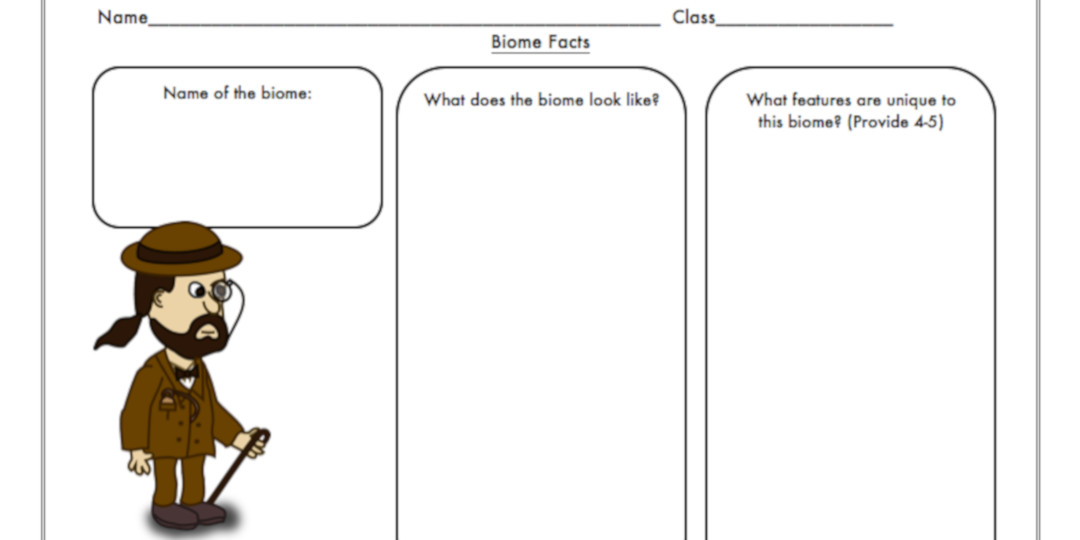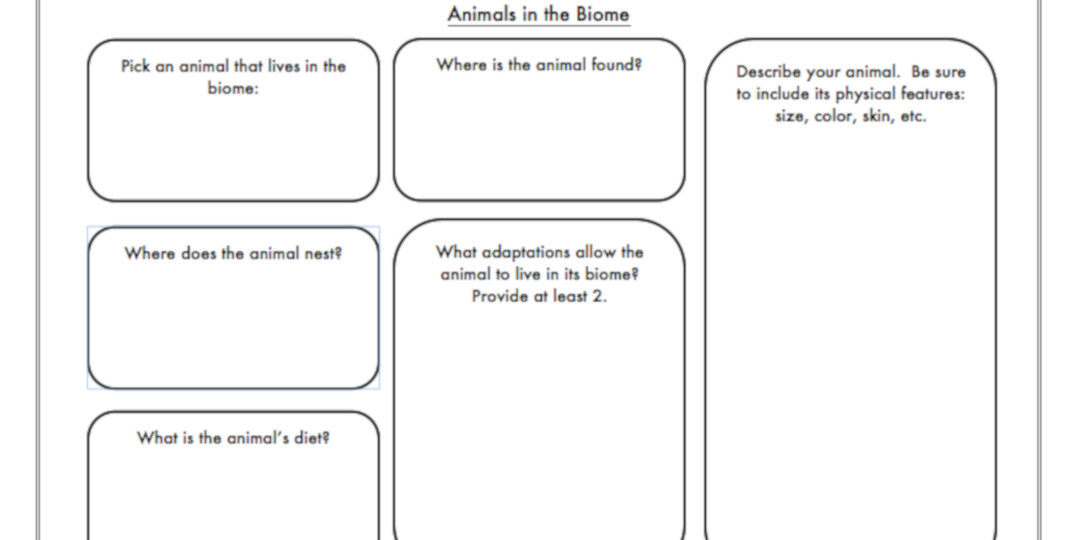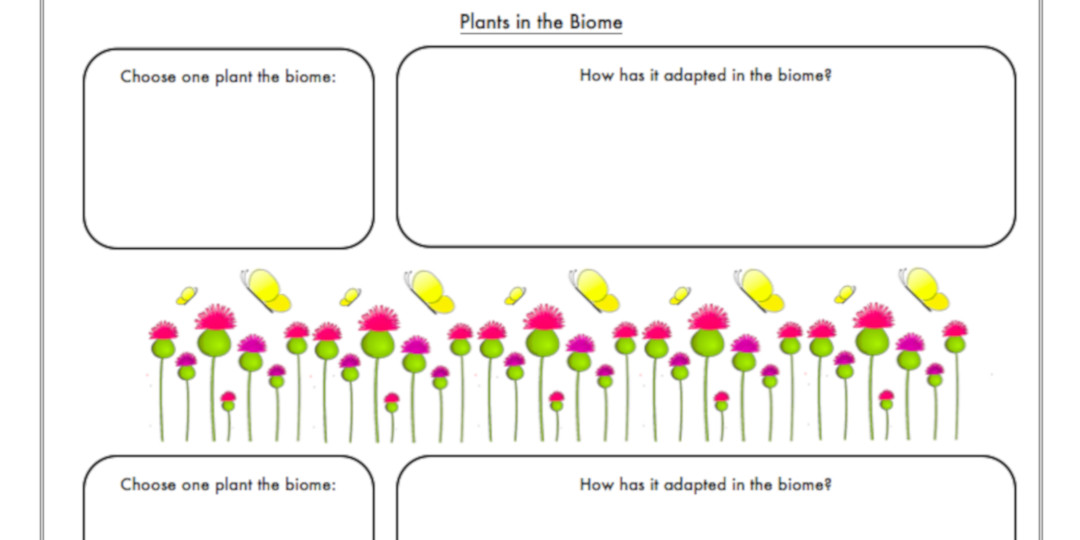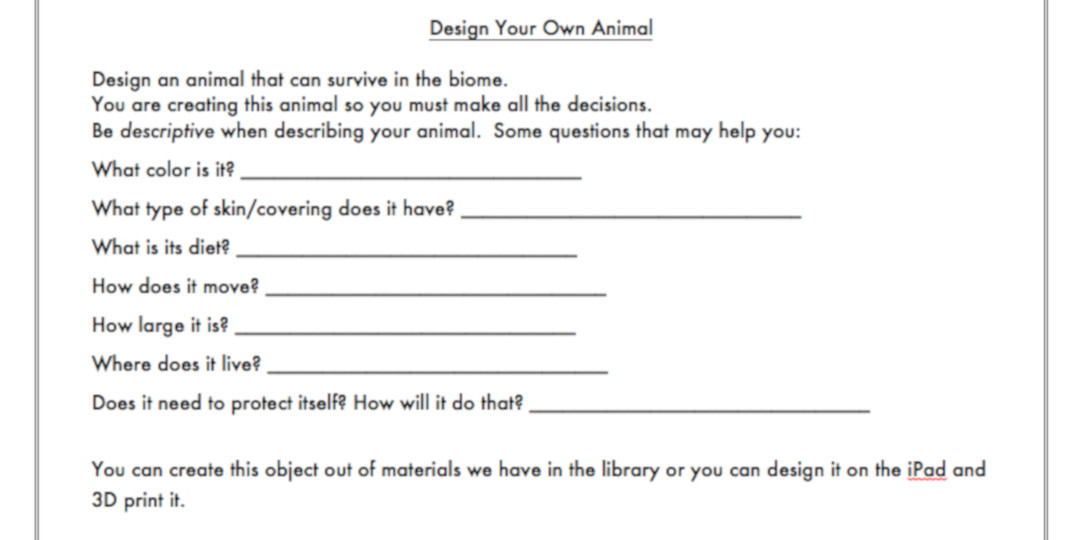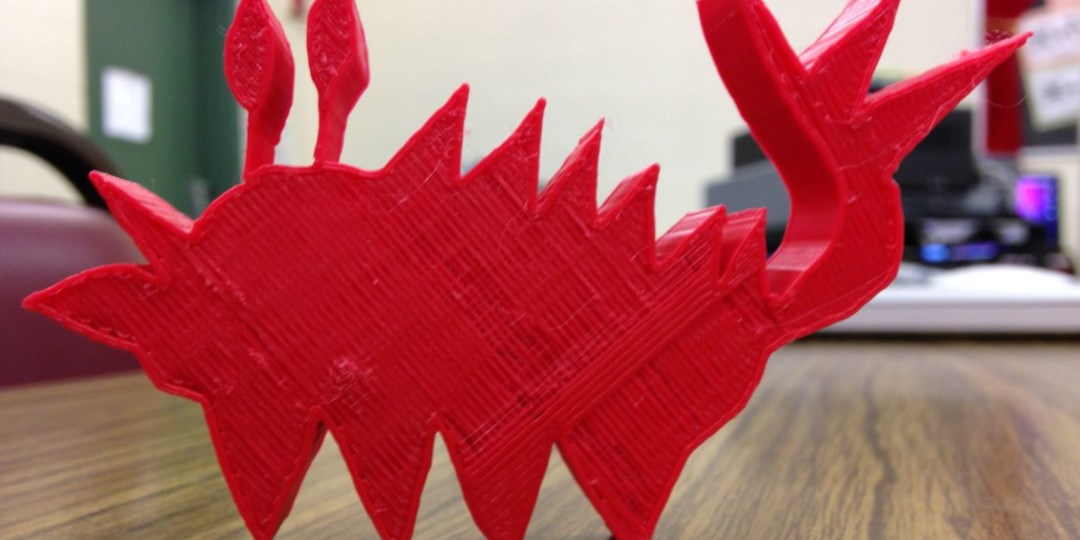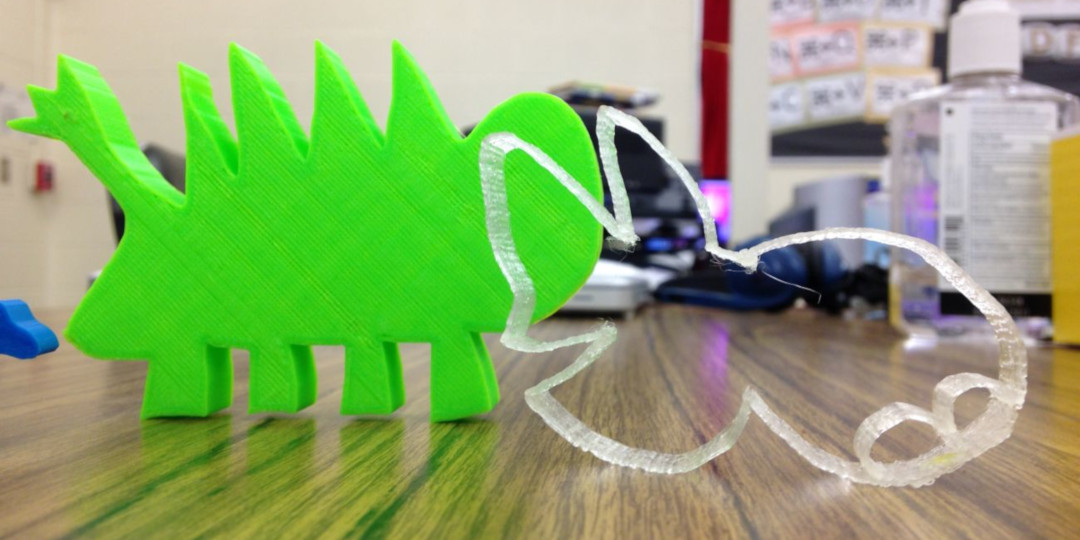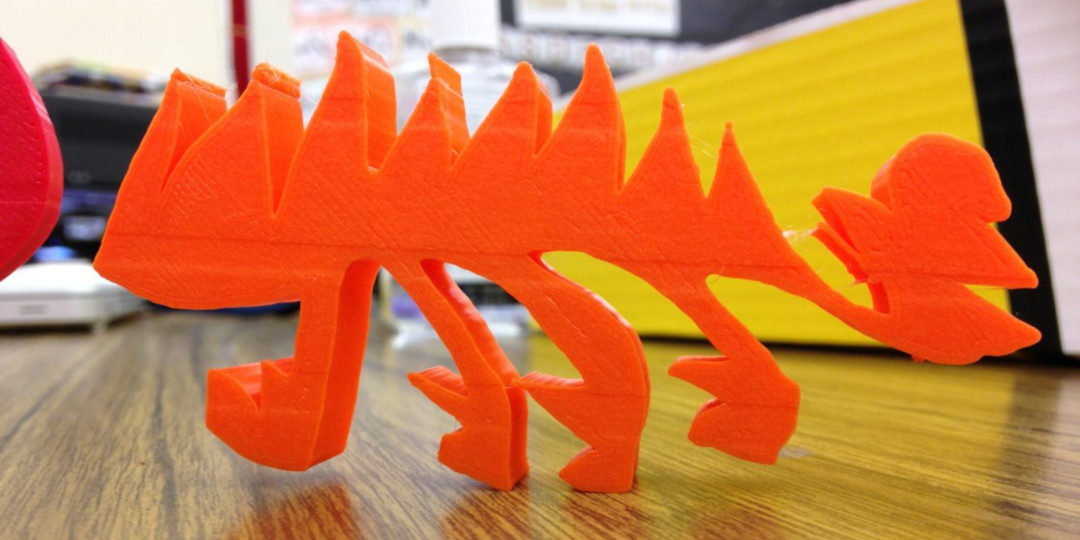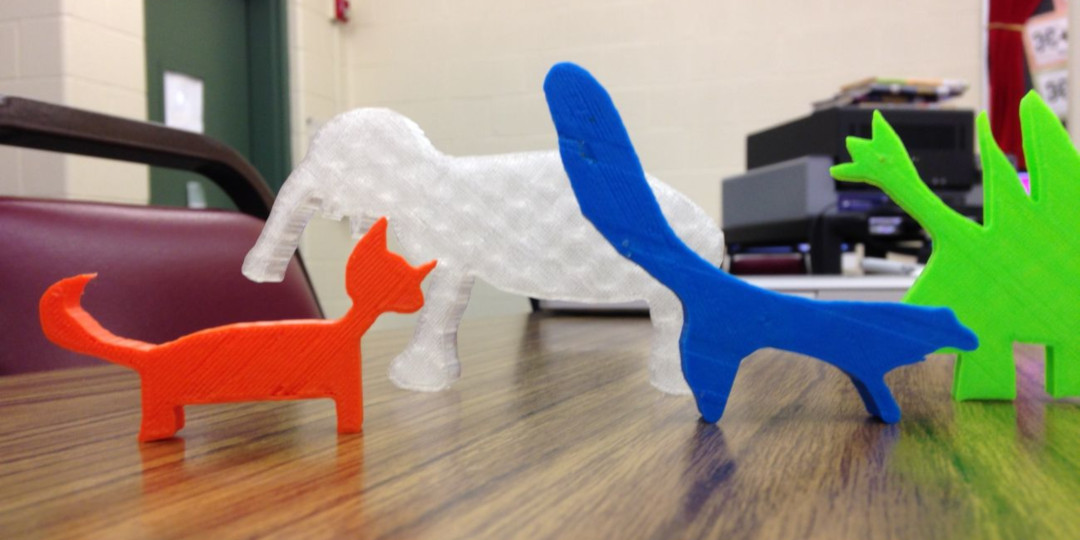Pioneer Arielle Goldstein explains how STEM and 3D printing can be integrated into a third grade science class.
My name is Arielle Goldstein and I am a School Library Media Specialist in a small suburban elementary school in New Jersey. As the School Library Media Specialist, I work with every teacher and staff member in my building to integrate information literacy skills, technology skills, and STEAM into the K-4 curriculum. My job is to teach students to be critical thinkers, problem solvers, collaborators, and creators. On a regular basis, I meet with grade level teachers to integrate different tools into their curriculum. I co-plan and co-teach different projects and problem-based learning units with classroom teachers. The Animal Adaptations unit was developed the first year we began integrating school-wide STEM and obtained access to a 3D printer. The classroom teachers and I were pushing problem-solving skills, creativity, and were eager to integrate 3D printing.
Students in the third grade learn about biomes and ecosystems during science class: NGSS - Interdependent Relationships in Ecosystems. They learn about food chains, producers, consumers, locations, temperatures, plants, animals, etc. Throughout the unit, students spend time learning about each biome: Tropical Rainforest, Desert, Grasslands, Tundra, Temperate Forest, etc. While they only learn a little about each during class time, students are required to research in depth the one that interests them the most. Using digital and print resources, students collect general information about the biome of their choice.
They continue their research by focusing on different adaptations that occur in the ecosystem. First, they choose a specific animal that lives and survives in their chosen habitat. They research facts about the animal and continue to learn about how the animal adapts to that habitat. Their research continues as students learn about two different plants/trees that grow and adapt to live in the biome.
As a result of the Animal Adaptations Project, students are taught to use multiple resources, compare and contrast those resources, and cite their sources. Once the research is complete students need to synthesize their adaptation research and design their own unique animal that could survive in their selected biome. They are given some questions to ignite their thinking, but are also told to be creative and defend their selections with facts. Anything they add to their unique animal must be backed up by something they researched. For example, if an animal they create has a well rounded body it might be because an animal in the Tundra needs an extra layer of fat to stay warm.
After they have drawn their unique animals on paper and they have described and explained the adaptations in writing, students use the Morphi app on iPads to prepare their animals for 3D printing. First, they use Morphi’s drawing feature. Then they use the shapes and drawing tools to add their details. They continue to work with x, y, and z parameters to edit the dimensions of their animals.
Once their models are ready for printing, students submit a Google form describing their animals and providing the color filament that matches the adaptations required for their animals. The classroom teachers and I take each file and prepare them for printing in Cura. Once printed, students use Aurasma to create explanatory videos providing the name of their animal, where it lives, and how the adaptations help their animal survive in its biome.















